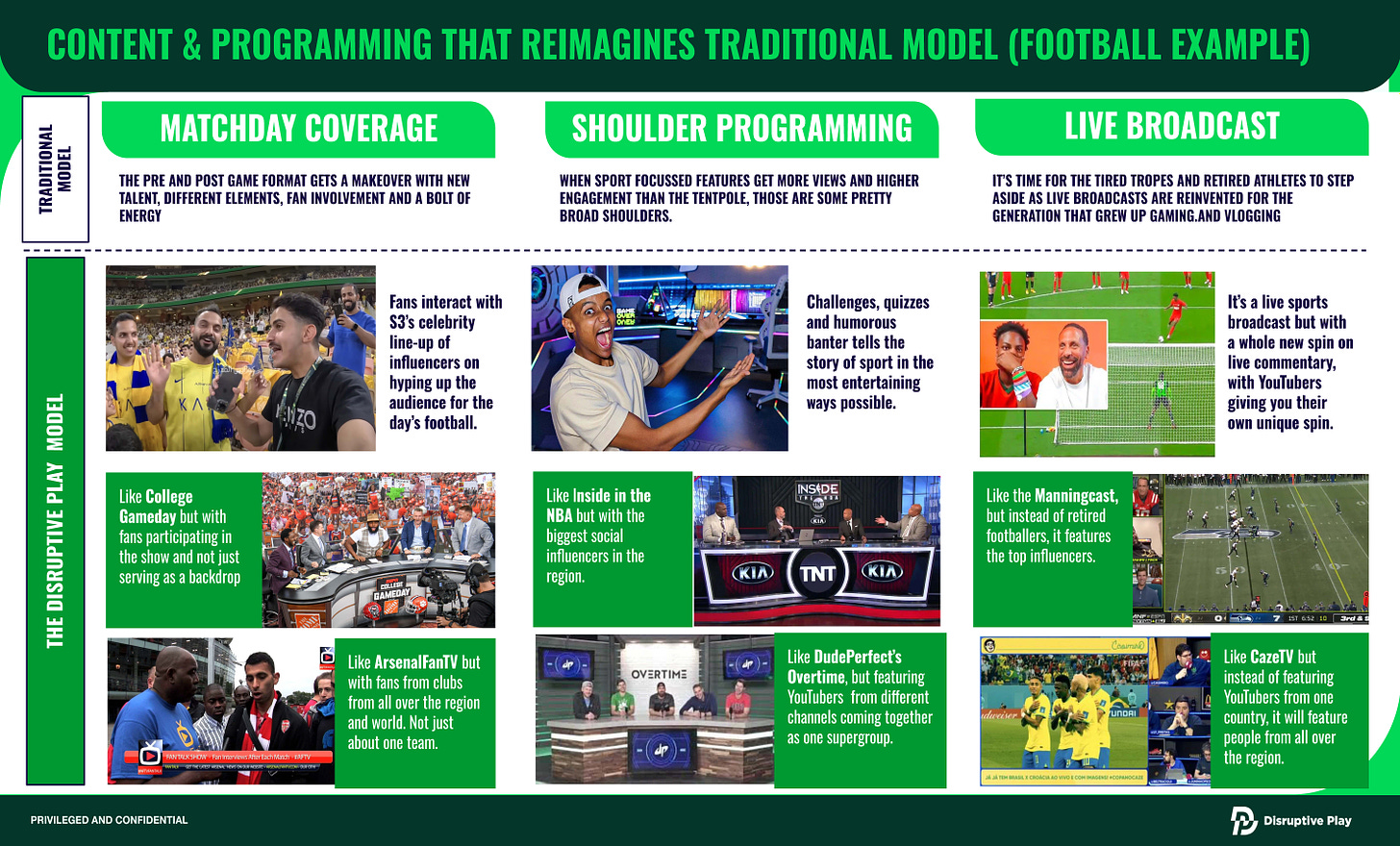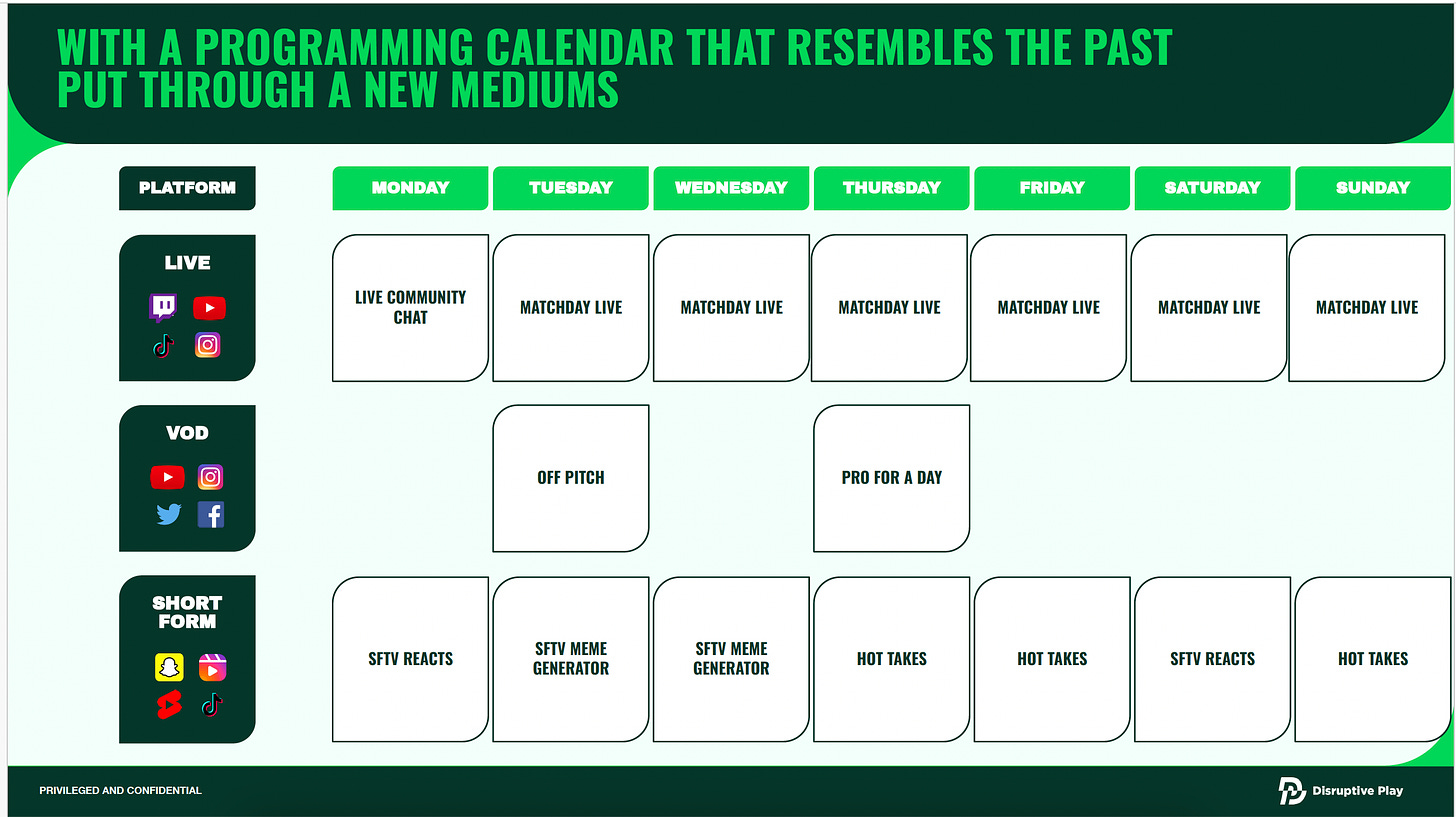The Supply and Demand Sports IP Conundrum
IT'S TIME FOCUS SHIFTS TO THE DEMAND SIDE…. THE END-USER → THE CONSUMER → THE FAN
The sports industry is undergoing a seismic shift, driven by changing consumer preferences.
Cord-cutting, social media and atomization are ushering in a new era.
Fans are global, tribal and empowered. Sports media is regional and restricted.
Broadcasters & rights holders fight over a shrinking and aging audience, focusing on building paywalls
The Supply Side
No surprise then that these seismic shifts are giving rise to a new category of emerging and global sports properties (some U.S. examples below, courtesy of Sports Innovation Lab) - fueling massive supply of sports IP.
Ironically for many of these properties, blinded by media rights and sponsorship riches of the past, their first move is to replicate a traditional model and secure a broadcast deal to drive audience or demand.
But there’s a few problems with this model:
For the most part these properties came to prominence because of social media platforms, their audiences are younger and their formats are social first in nature.
To support the requirements of these TV contracts, these properties have to create the costly production, touring and event infrastructure.
Touting households passed isn’t a real audience metric. And getting carriage in the middle of a bundle and random times isn’t going to breakthrough.
Traditional models lead to over-investment in infrastructure and under-investment in core fan communities = trapped sub-scale businesses with unit economics that don’t work.
Unless you are one of the top 5 leagues, media rights $ is heading in the wrong direction (see collapse of RSN’s to Ligue 1 still without a deal)
So How Do You Solve The Demand Side?
DISRUPTIVE PLAY – In other words, If you were to build a sports property today but can never rely on the media rights goldmine at the end of the tunnel, how would you do it ?
Here are some slides from our work discussing some of the key drivers:













